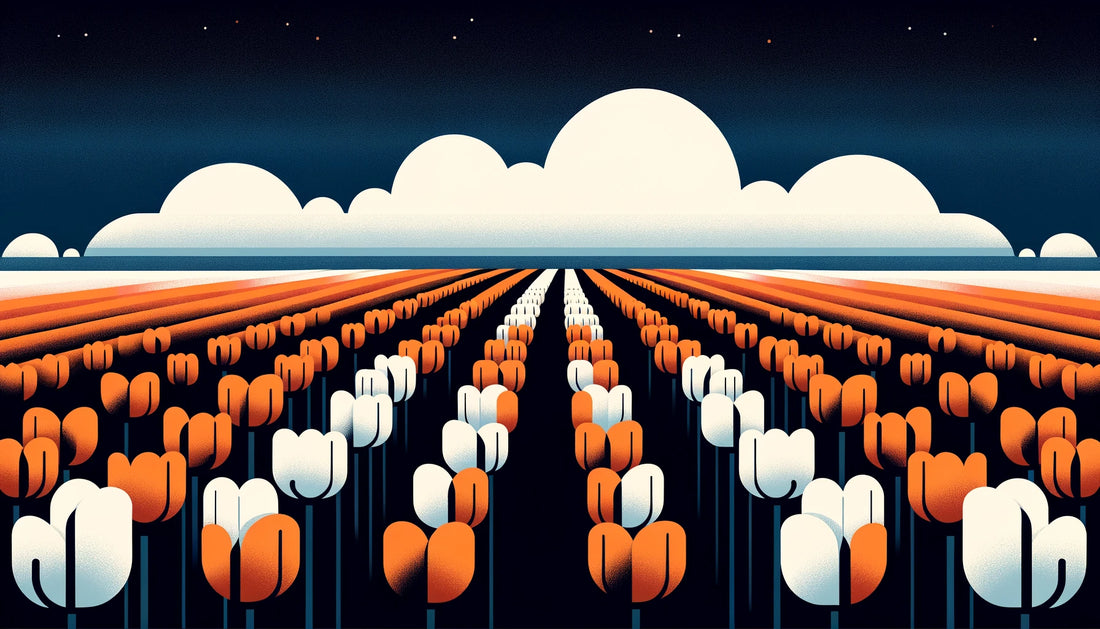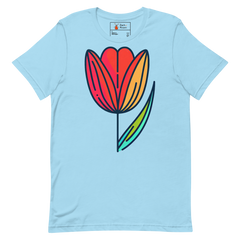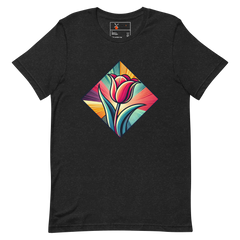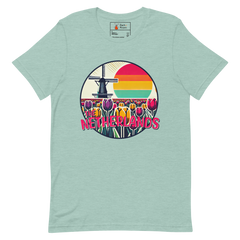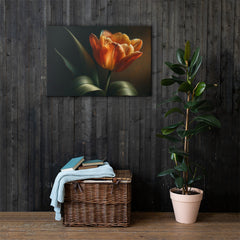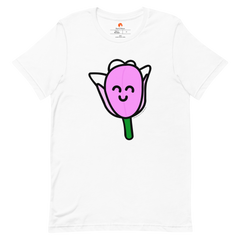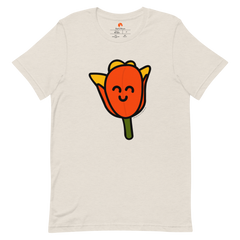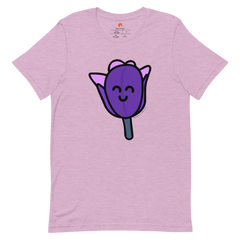Tulips, originally from Central Asia, were brought to the Netherlands in the late 16th century by Carolus Clusius, a botanist who planted them at the Hortus Botanicus of Leiden University. Their introduction sparked a widespread interest that escalated into the 17th-century "Tulip Mania," where the value of some bulbs exceeded that of precious metals. This phenomenon underscores the flower's popularity and the Dutch fascination with these colorful blooms.
The temperate climate and fertile soil of the Netherlands create an optimal environment for tulip cultivation. These conditions have enabled the Netherlands to become the world's leading producer of tulips, with over 3 billion bulbs produced annually, many of which are exported globally.
The tulip bulb trade is central to the Netherlands' tulip industry, catering to both domestic and international markets. These bulbs are essential for propagating the wide variety of tulips seen today, with ongoing efforts in selective breeding aimed at enhancing both the aesthetic appeal and resilience of these flowers.
Help Support Our Site

Purple Tulip Spiral notebook
$14.95
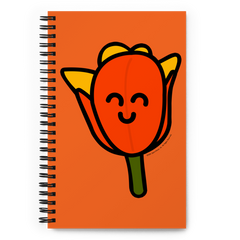
Orange Tulip Spiral notebook
$14.95
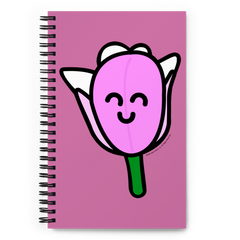
Pink Tulip Spiral notebook
$14.95

Purple Tulip mug
$14.95
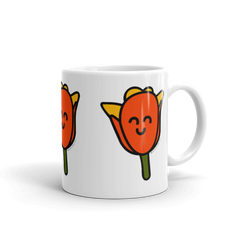
Orange Tulip mug
$14.95
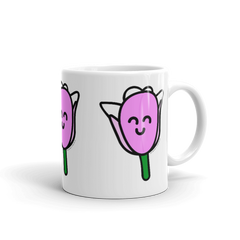
Pink Tulip mug
$14.95
Among the myriad of tulip varieties, the 'Triumph' tulip stands out in the Netherlands for its strong stems and wide range of colors. In contrast, the 'Black Tulip' is notable for its unique, deep purple petals that give it an almost black appearance, making it a rare and sought-after variety.
During the height of Tulip Mania, the Semper Augustus bulb was one of the most expensive, selling for an amount equivalent to the price of a luxurious canal house in Amsterdam. This historical episode highlights the extraordinary cultural and economic impact tulips have had in Dutch society.
For those interested in experiencing the beauty of tulips firsthand, Keukenhof Gardens, located at Stationsweg 166A, 2161 AM Lisse, is an ideal destination. As the world's largest flower garden, Keukenhof plants over 7 million bulbs each year, creating a breathtaking display of color. Visitors can find more information by contacting +31 252 465 555 or visiting www.keukenhof.nl. Directions to Keukenhof are readily available through a Google Maps search for "Keukenhof, Lisse." (Side-note, in addition to tulips, you can also see Keukenhof Castle there.)
Tulips play a significant role in Dutch heritage and the nation's horticultural industry, symbolizing both historical curiosity and a major economic force. Their enduring popularity ensures tulips remain a symbol of national pride and a testament to the Netherlands' horticultural prowess.

